Chernobyl: what is the history, impact and present risk?
UN atomic agency to investigate reports that Russian troops left with radiation exposure

The UN’s nuclear watchdog has opened an investigation into claims that Russian soldiers occupying the abandoned Chernobyl power plant left the site after receiving high doses of radiation.
Ukraine’s state power company Energoatom said the invading troops dug trenches in the forest inside the exclusion zone and that they “panicked at the first sign of illness”, which “showed up very quickly”. They left shortly afterwards, the company added.
Russian troops have “largely withdrawn” from the decommissioned nuclear power station but have taken an “unspecified number of Ukrainian service personnel with them”, according to The Guardian.
The Week
Escape your echo chamber. Get the facts behind the news, plus analysis from multiple perspectives.

Sign up for The Week's Free Newsletters
From our morning news briefing to a weekly Good News Newsletter, get the best of The Week delivered directly to your inbox.
From our morning news briefing to a weekly Good News Newsletter, get the best of The Week delivered directly to your inbox.
There were concerns last month about conditions inside the plant after its capture by Russian forces. More than 100 workers and 200 guards were stuck at the site in northern Ukraine when it was overrun during the early weeks of the invasion. According to the BBC, workers continued their duties in an atmosphere that was largely “calm”. But conditions were said to be “difficult”, with little access to food and medicine.
Now that Russian troops have reportedly left the Chernobyl site, the head of the International Atomic Energy Agency (IAEA), Rafael Grossi, said he intends to lead a visit to the plant “as soon as possible”, said The Guardian.
What happened at Chernobyl?
In the early hours of the 26 April 1986, workers at the Chernobyl plant, originally known as the V.I. Lenin Nuclear Power Station, attempted an experiment at one of the site’s four reactors.
The test was designed to see if it was possible to bridge the gap between the power grid going down - a common occurrence in the final years of the Soviet Union - and the plant’s back-up generators taking over.
A free daily email with the biggest news stories of the day – and the best features from TheWeek.com
However, the test was hurried and poorly planned, and a subsequent reactor meltdown saw two explosions blow the roof off the reactor and blast many tons of radioactive material into the atmosphere over Ukraine, Belarus and beyond.
How many people were affected?
Owing to the secretive nature of the Soviet government, the details of the catastrophe, including the death toll, were mostly hidden from both citizens of the USSR and the outside world.
The United Nations Scientific Committee on the Effects of Atomic Radiation (UNSCEAR) has identified 49 immediate deaths from trauma, acute radiation poisoning and a helicopter crash during the salvage operation.
The long-term implications, however, are more bleak. In 2005, UNSCEAR noted a spike in instances of thyroid cancer in nearby regions, and predicted that “a total of 4,000 deaths will eventually be attributable to the Chernobyl accident”.
More than 100,000 people were evacuated from the area immediately after the accident, and the total number of evacuees from severely contaminated areas eventually reached 340,000. These people have never been allowed to return home, and the off-limits areas are known collectively as the “Exclusion Zone”. Access to this zone can only be granted by the government of Ukraine, and only for 12 hours at a time in almost all cases.
Did it destroy the Soviet Union?
It has been argued that the remarkably expensive clean-up operation and elaborate government cover-up may have been the catalyst for the collapse of the Soviet Union in 1991.
“Soviet authorities had long failed to acknowledge domestic catastrophes,” said NBC News. “But this time, as winds carried the radioactive fallout across much of Europe, their delay angered the international community and exposed their pathological secretiveness.”
Disillusionment with the government’s handling of the disaster within the Soviet Union also reached unprecedented levels, with tens of thousands of protesters taking to the streets of Kiev and elsewhere, the BBC reported.
According to Mikhail Gorbachev, the then-leader of the USSR, the Chernobyl disaster was a “turning point” that “opened the possibility of much greater freedom of expression, to the point that the system as we knew it could no longer continue”.
“Chernobyl revealed itself as the symptom of a corrupt and failing system rather than a technological catastrophe,” added the BBC.
What is the current risk?
According to the BBC, there are unconfirmed reports that some of the Russian troops suffering from radiation exposure “are being treated in Belarus”. Reuters also quoted workers at the plant as saying some of the soldiers had “no idea” they were in a radiation zone.
Russia has repeatedly stated that radiation levels at the plant remained the same during their occupation of the site. The IAEA has said it was unable to confirm the reports.
BBC science correspondent Victoria Gill pointed out that decades on from the disaster, there is “no working nuclear reactor on the site” and that experts have “stressed throughout this saga that there was no risk of ‘another Chernobyl’”.
However, the IAEA said in early March that there is no reason for immediate concern after Russian troops turned the power off at the site, which is just 60 miles from Kyiv. The UN agency said it saw “no critical impact on safety” over the loss of power.
The watchdog explained in a statement that there is enough water in Chernobyl’s spent fuel pools to keep the fuel rods cool and avoid an accident.
It also reiterated a statement from 3 March that said that the amount of time since the Chernobyl disaster meant the spent fuel had cooled down enough that “the pool is sufficient to maintain effective heat removal without the need for electrical supply”.
-
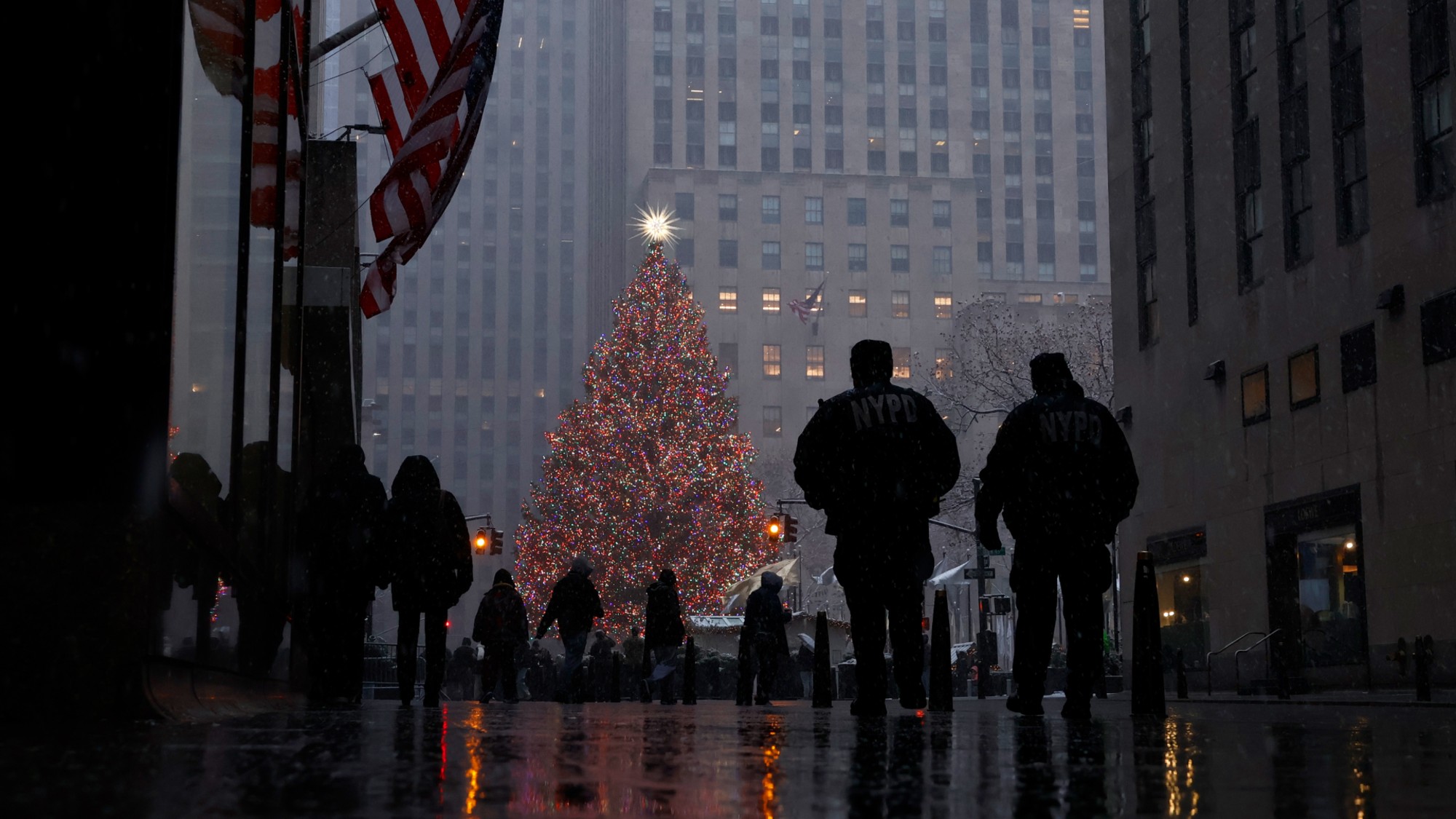 How climate change is affecting Christmas
How climate change is affecting ChristmasThe Explainer There may be a slim chance of future white Christmases
-
 The MAGA civil war takes center stage at the Turning Point USA conference
The MAGA civil war takes center stage at the Turning Point USA conferenceIN THE SPOTLIGHT ‘Americafest 2025’ was a who’s who of right-wing heavyweights eager to settle scores and lay claim to the future of MAGA
-
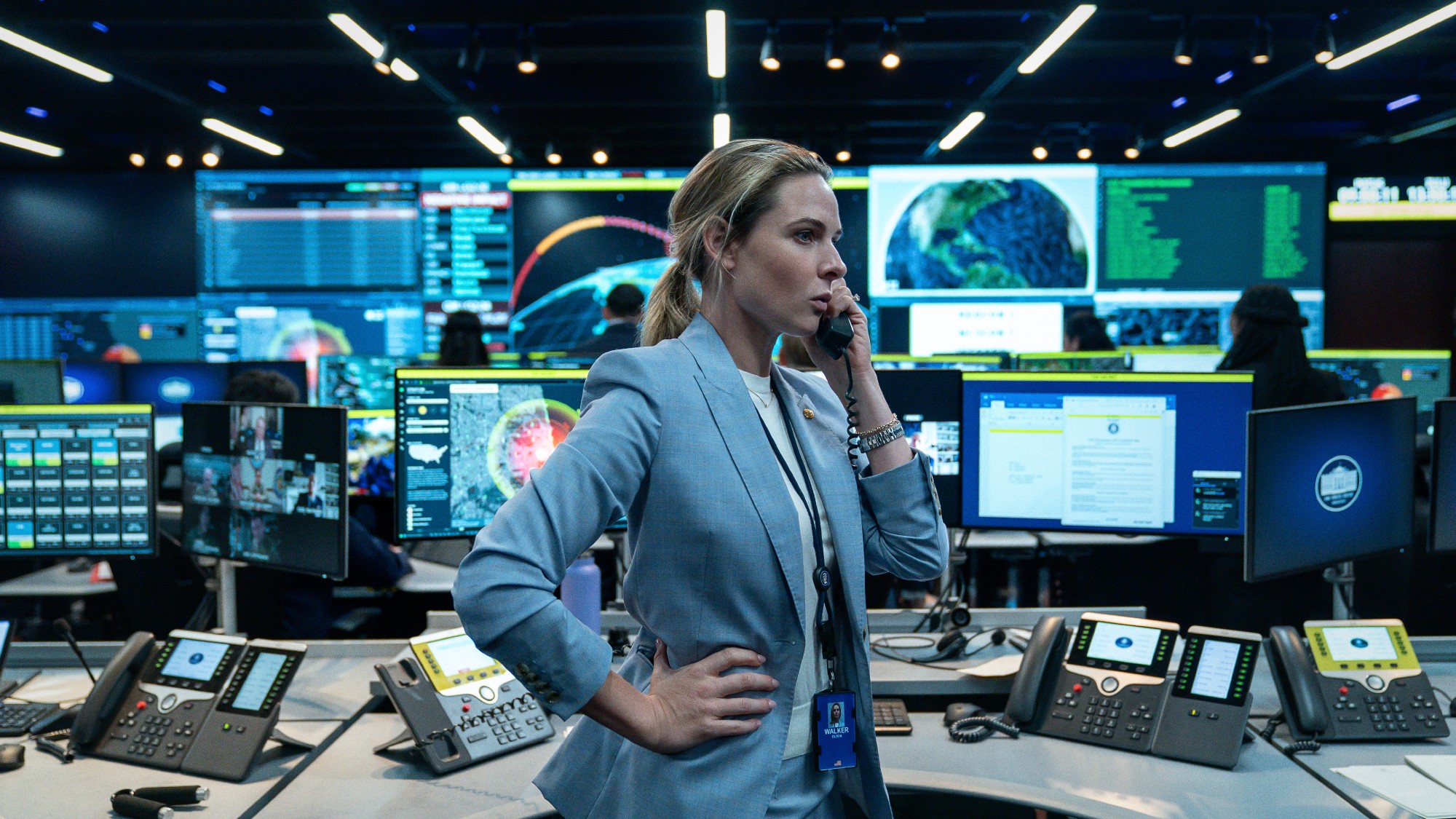 The 8 best drama movies of 2025
The 8 best drama movies of 2025the week recommends Nuclear war, dictatorship and the summer of 2020 highlight the most important and memorable films of 2025
-
 US offers Ukraine NATO-like security pact, with caveats
US offers Ukraine NATO-like security pact, with caveatsSpeed Read The Trump administration has offered Ukraine security guarantees similar to those it would receive from NATO
-
 How Bulgaria’s government fell amid mass protests
How Bulgaria’s government fell amid mass protestsThe Explainer The country’s prime minister resigned as part of the fallout
-
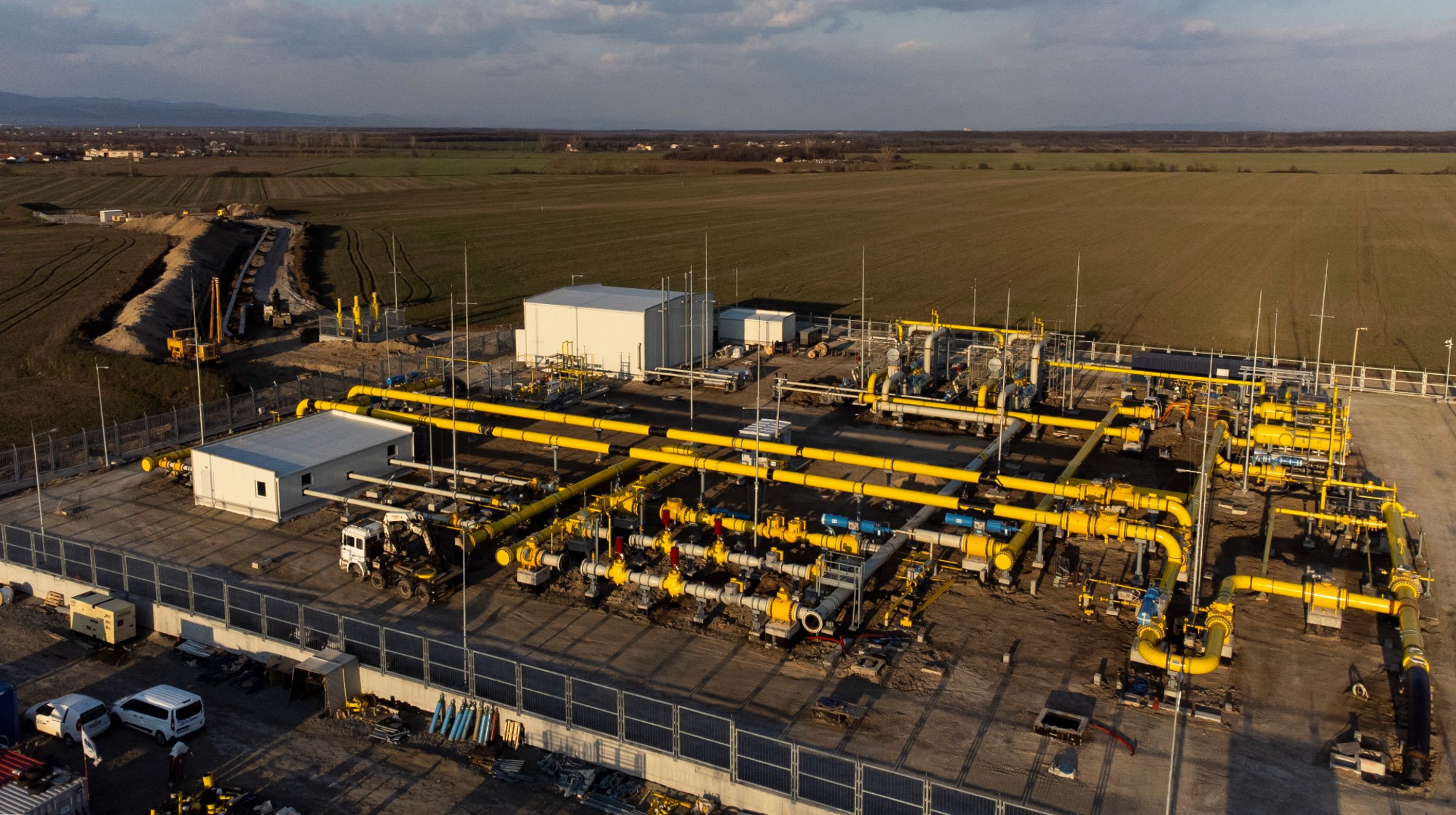 Europe sets 2027 deadline to wean itself from Russian gas
Europe sets 2027 deadline to wean itself from Russian gasIN THE SPOTLIGHT As negotiators attempt to end Russia’s yearslong Ukraine invasion, lawmakers across the EU agree to uncouple gas consumption from Moscow’s petrochemical infrastructure
-
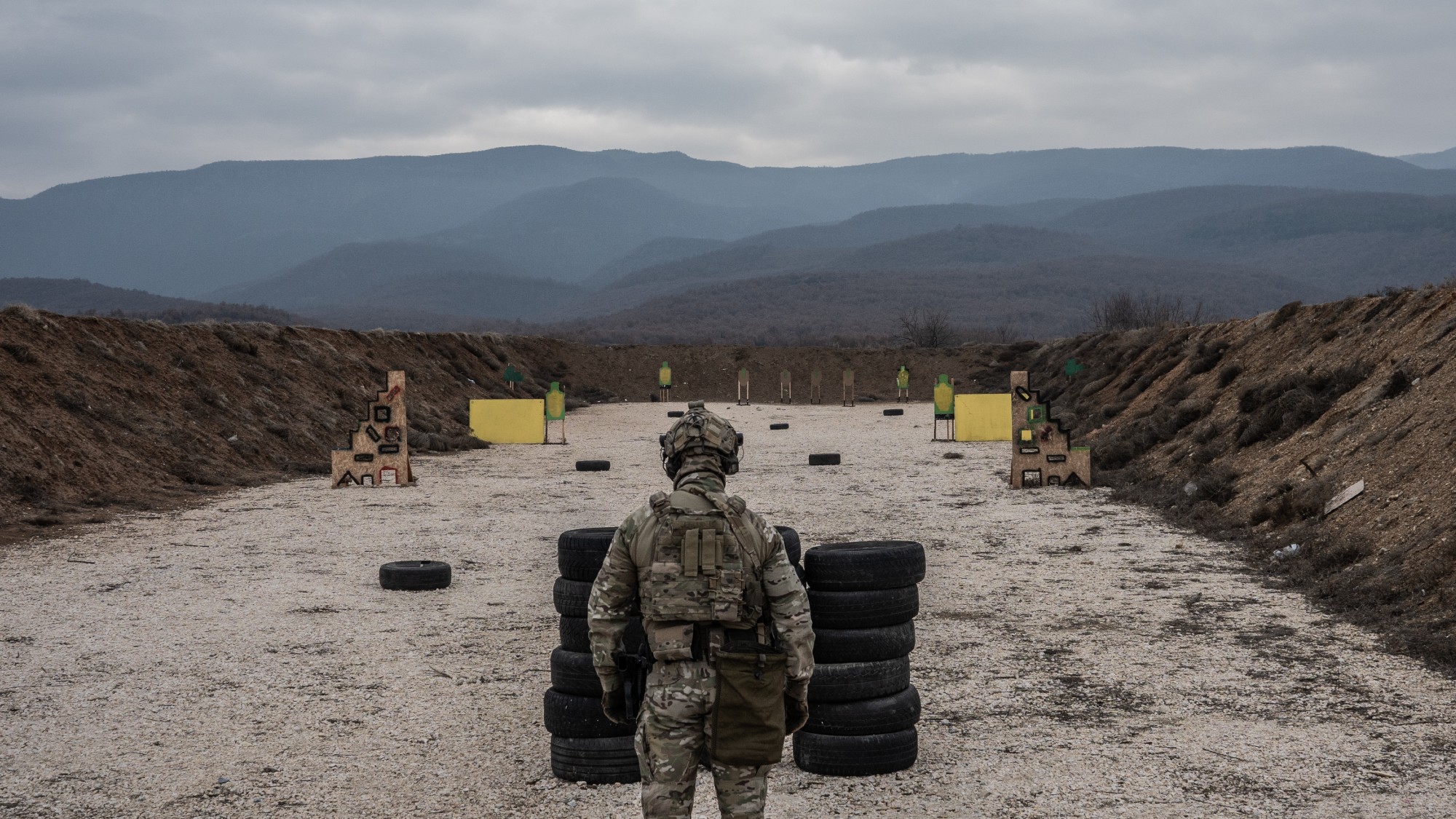 Is Europe finally taking the war to Russia?
Is Europe finally taking the war to Russia?Today's Big Question As Moscow’s drone buzzes and cyberattacks increase, European leaders are taking a more openly aggressive stance
-
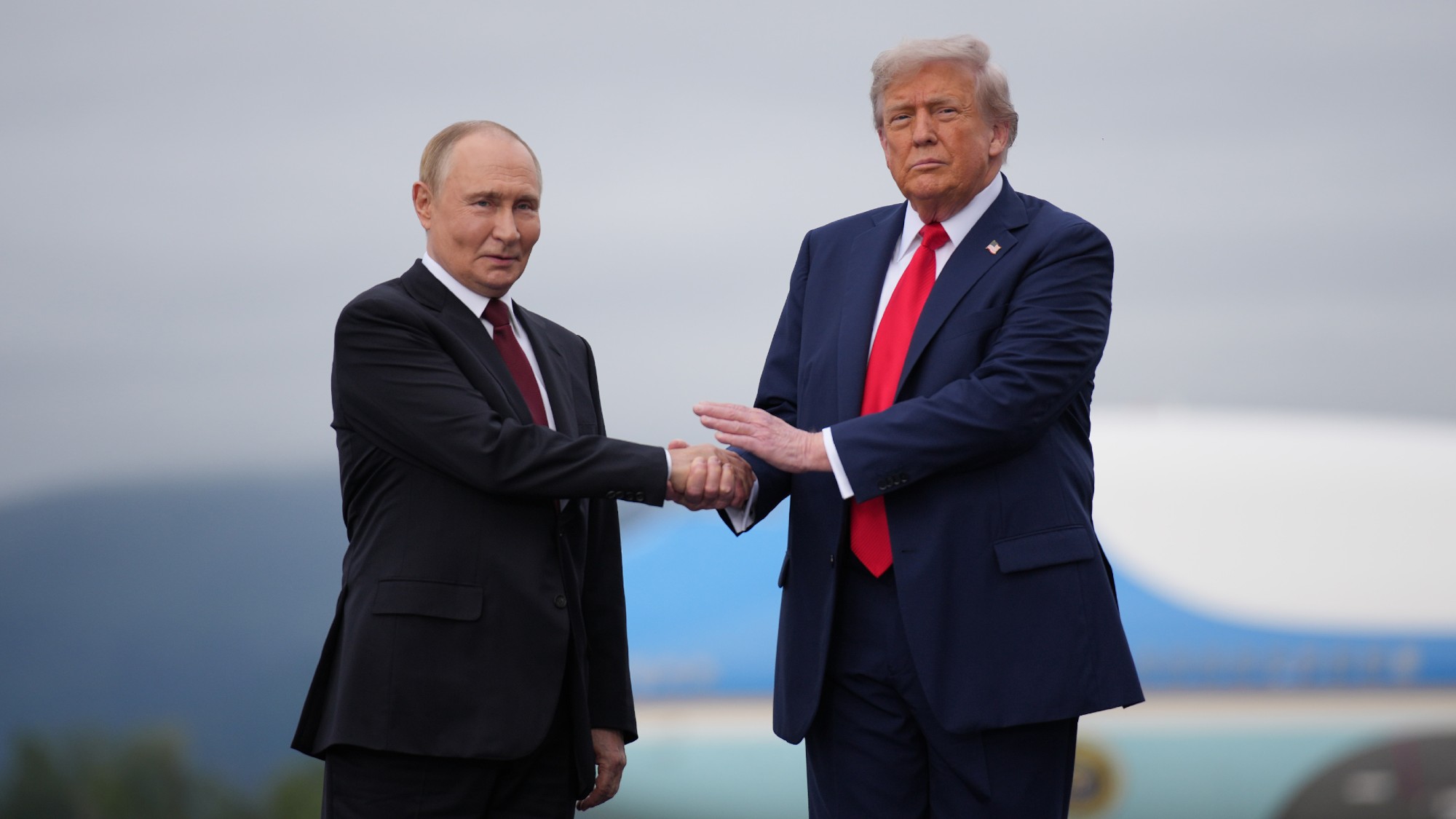 Pushing for peace: is Trump appeasing Moscow?
Pushing for peace: is Trump appeasing Moscow?In Depth European leaders succeeded in bringing themselves in from the cold and softening Moscow’s terms, but Kyiv still faces an unenviable choice
-
 Femicide: Italy’s newest crime
Femicide: Italy’s newest crimeThe Explainer Landmark law to criminalise murder of a woman as an ‘act of hatred’ or ‘subjugation’ but critics say Italy is still deeply patriarchal
-
 Brazil’s Bolsonaro behind bars after appeals run out
Brazil’s Bolsonaro behind bars after appeals run outSpeed Read He will serve 27 years in prison
-
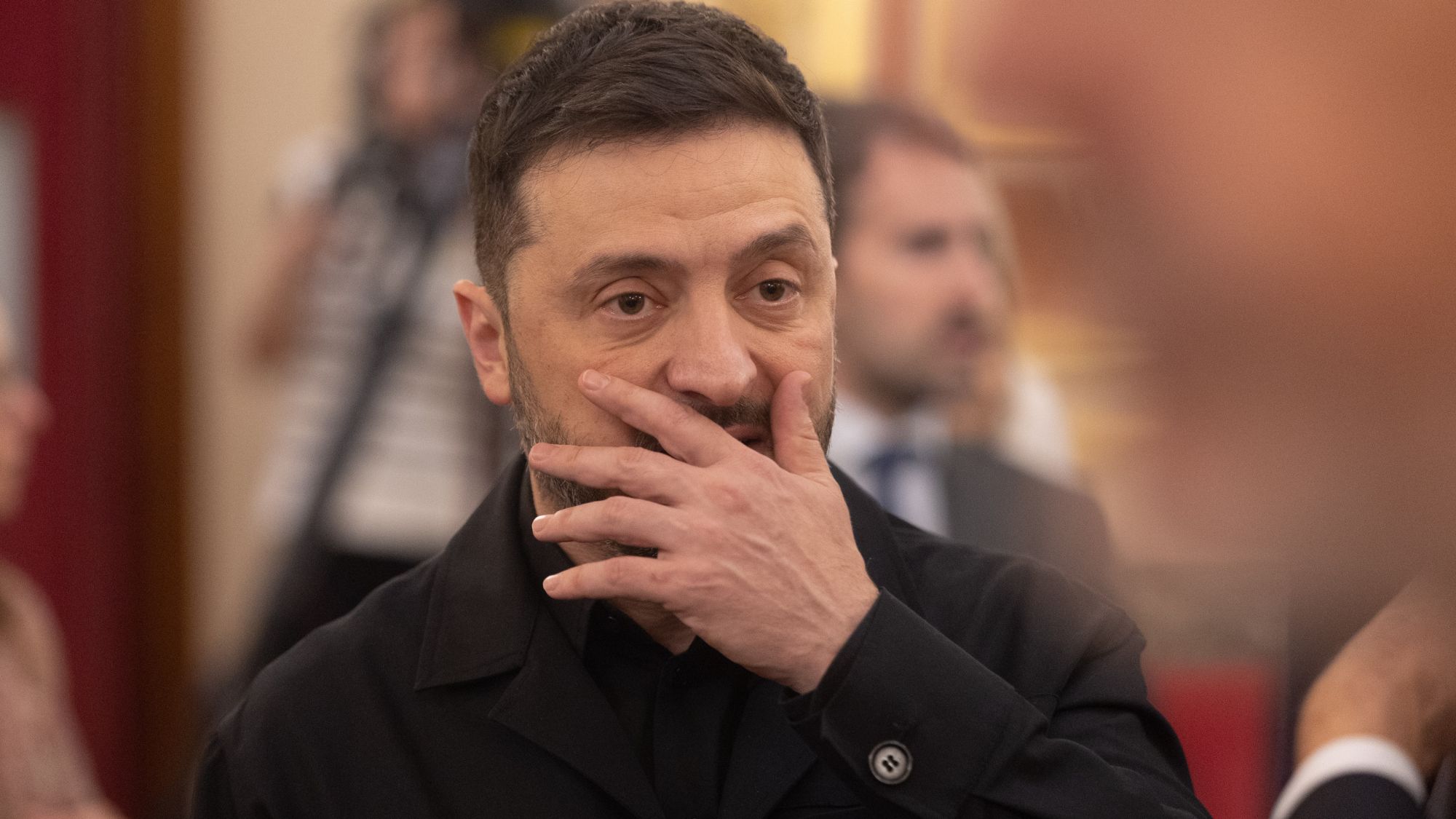 The $100mn scandal undermining Volodymyr Zelenskyy
The $100mn scandal undermining Volodymyr ZelenskyyIn the Spotlight As Russia continues to vent its military aggression on Ukraine, ‘corruption scandals are weakening the domestic front’